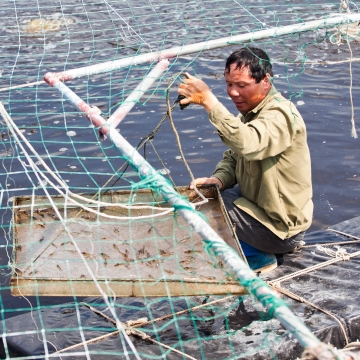Trust in the fisheries scientific community
This paper explores the issue of “trust” in the fisheries science community, a key corollary of effective risk communication. It presents the findings of a survey undertaken in Iceland, Greece, Spain, United Kingdom and Faroe Islands during 2008. The findings reveal differing levels of trust and mistrust in the fisheries science community between countries and between stakeholder groups, demonstrating areas for future attention in the interests of improving fisheries science and management.


